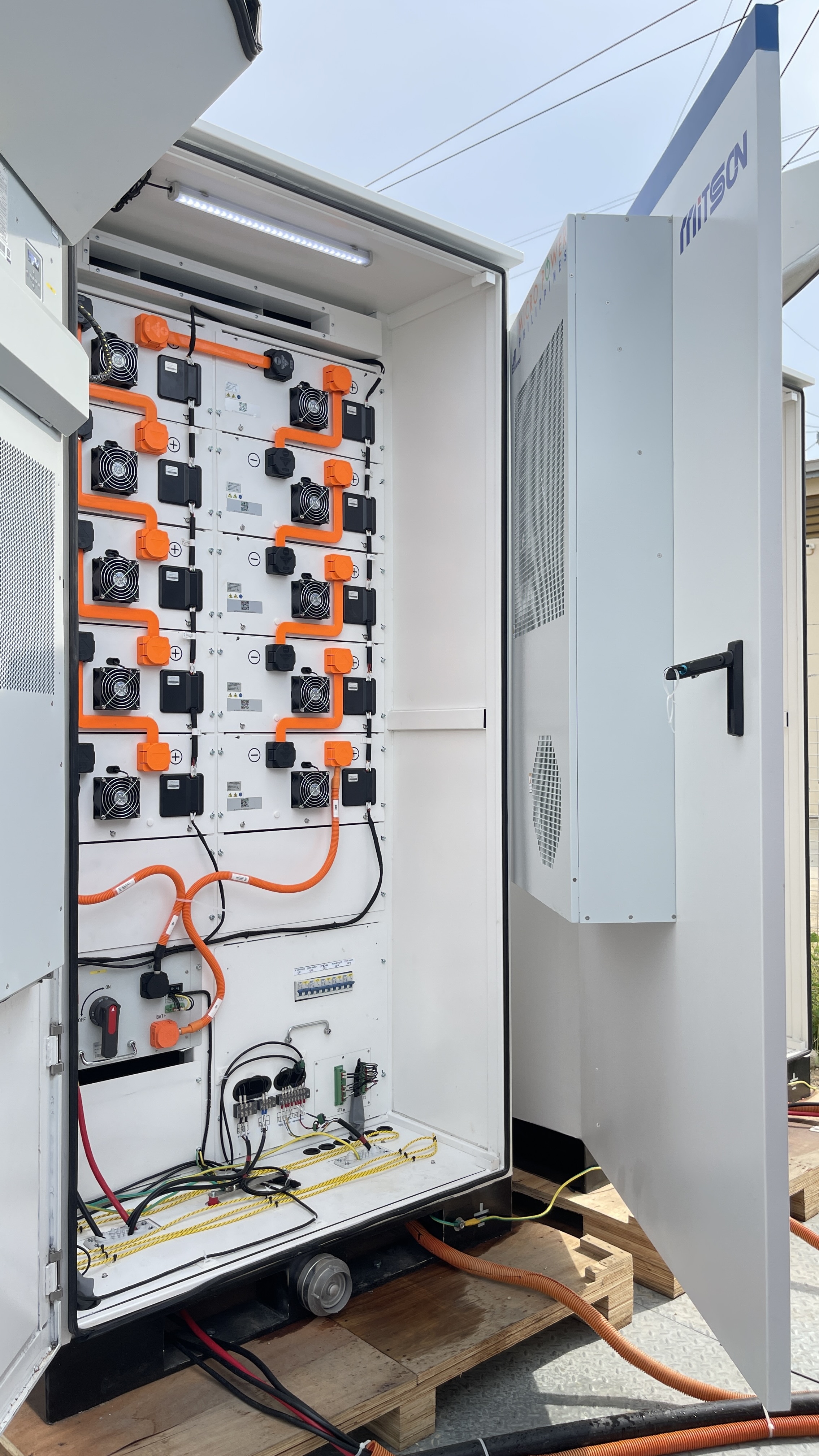NEWS
Primary, Secondary, and Tertiary Frequency Control in Power Grids and the Role of BESS
Release Time:
2025-02-21 09:55
Source:
MITSCN
Primary, Secondary, and Tertiary Frequency Control in Power Grids and the Role of BESS

Introduction
In a power grid, frequency stability is crucial for ensuring reliable electricity supply. Frequency deviations occur due to imbalances between generation and consumption. To maintain frequency within acceptable limits, grid operators employ three levels of frequency control: Primary Frequency Control (PFC), Secondary Frequency Control (SFC), and Tertiary Frequency Control (TFC). With the integration of Battery Energy Storage Systems (BESS) in modern power grids, these systems play a critical role in frequency regulation. This article explores the working principles, advantages, and limitations of each frequency control method and examines how BESS contributes to frequency stabilization.
1. Primary Frequency Control (PFC)
Role: PFC is the first line of defense against frequency deviations. It stabilizes the grid within seconds of a disturbance by adjusting power output automatically.
Working Principle:
- PFC relies on governor-controlled power plants that detect frequency deviations and adjust their power output proportionally.
- It operates on a droop control mechanism, meaning generation units respond autonomously without centralized control.
- PFC stabilizes frequency but does not restore it to the nominal value (e.g., 50Hz or 60Hz).
Advantages:
- Immediate response (within seconds).
- Distributed across multiple generating units, enhancing grid resilience.
- Does not require communication links.
Disadvantages:
- Limited capacity for frequency correction.
- Power plants must operate with reserve capacity, reducing efficiency.
2. Secondary Frequency Control (SFC)
Role: SFC restores frequency to its nominal value and rebalances power exchanges between grid areas.
Working Principle:
- Operates through Automatic Generation Control (AGC), which monitors frequency and generation-demand balance.
- Adjusts power output based on real-time data to bring frequency back to its nominal value.
- Typically completed within minutes.
Advantages:
- Restores system frequency to its nominal value.
- Corrects power imbalances between different grid areas.
- Reduces reliance on primary frequency reserves.
Disadvantages:
- Requires centralized control and communication systems.
- Slower response compared to primary frequency control.
3. Tertiary Frequency Control (TFC)
Role: TFC optimizes power generation dispatch and replaces reserves used during primary and secondary control.
Working Principle:
- Manually or automatically activated by grid operators.
- Involves redispatching generation units or activating demand-side response.
- Takes place over a timeframe of several minutes to hours.
Advantages:
- Ensures long-term system stability.
- Reduces operational costs by replacing expensive reserves with more efficient generation.
Disadvantages:
- Slowest response time.
- Requires advanced forecasting and grid monitoring.
Are All Three Levels of Frequency Control Necessary in Power Plants?
Not all power plants provide all three types of frequency control. Large power plants, particularly those connected to high-voltage grids, typically participate in primary and secondary control. Tertiary control is more strategic and may not be required for every generating unit.
The Role of BESS in Frequency Regulation
BESS is an emerging solution for enhancing frequency control, particularly in grids with high renewable energy penetration.
Can BESS Replace Any of the Frequency Control Methods?
- Primary Control: Yes, BESS can rapidly inject or absorb power within milliseconds, making it an ideal candidate for PFC.
- Secondary Control: Yes, BESS can participate in AGC and help restore frequency.
- Tertiary Control: Partially, but not a complete replacement. BESS can assist in redispatching power flows, but long-term reserves still require traditional generation sources.
Key Design Considerations for BESS in Frequency Regulation
To effectively support grid frequency regulation, BESS must be designed with the following considerations:
- Response Time: Fast response (milliseconds) to meet primary frequency control requirements.
- State of Charge (SoC) Management: Sufficient charge availability to absorb or inject power as needed.
- Power Rating vs. Energy Capacity: Optimized ratio to balance instantaneous power support and sustained energy delivery.
- Grid Communication & Control: Integration with grid management systems for participation in AGC.
- Battery Cycle Life: Frequent charge-discharge cycles necessitate durable battery chemistry (e.g., lithium-iron phosphate).
- Regulatory Compliance: Meeting grid codes and frequency response requirements in specific markets.
Conclusion
Frequency control is essential for grid stability, with primary, secondary, and tertiary controls playing distinct but interconnected roles. BESS presents a modern solution to enhance frequency regulation, particularly for primary and secondary control. Proper design and implementation of BESS ensure efficient participation in grid stabilization while addressing renewable energy integration challenges. As energy storage technologies advance, BESS is set to become a cornerstone of resilient and sustainable power grids worldwide.

Related News


